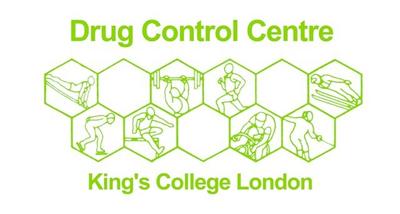In 1996 GH-2000, a multi-national research group, involving Academic Institutions in Sweden, Denmark, Italy and UK and the two major manufacturers of recombinant human growth hormone (GH) NovoNordisk and Pharmacia, funded by the European Union (EU) and the International Olympic Committee (IOC) set out to develop a reliable methodology to detect GH misuse in professional sport.
In their final report in January 1999, the group proposed a methodology based on the measurement of two biomarkers that would detect GH misuse up to 28 days after the last injection.
Following this the IOC and the newly-created World Anti-Doping Agency (WADA) requested further validation of this methodology in order to be able to identify "beyond reasonable doubt" GH dopers with minimal risk of false accusation. After obtaining funding from the United States Anti-Doping Agency (USADA) in December 2002, the GH-2004 project was set up at the University of Southampton with the aim of completing the validation of the GH-2000 'biomarker' methodology.
Links to external websites
The University cannot accept responsibility for external websites.

